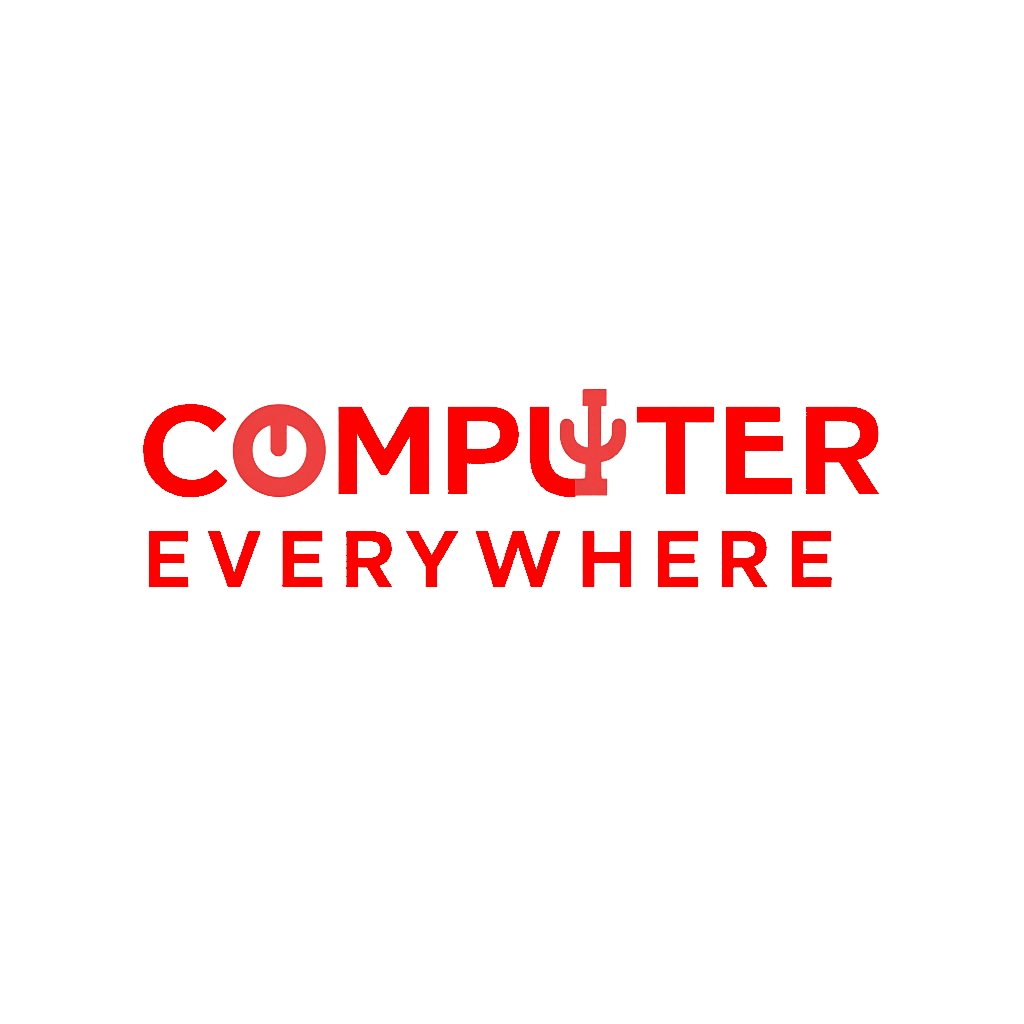Your cart is currently empty!
How to Install Thunderbird 135 on a Linux
Mozilla Thunderbird is a powerful, open-source email client that’s reliable and feature-rich. With the release of version 135, Thunderbird introduces performance improvements and bug fixes that make it worth the upgrade. If you’re using Linux and want to install or update to Thunderbird 135, here’s a quick and practical guide to get it done.
Step 1: Remove Older Thunderbird Versions (Optional but Recommended)
If you already have Thunderbird installed via your package manager, you may want to remove it first to avoid conflicts:
sudo apt remove thunderbirdFor other distros, replace apt with dnf, pacman, or whatever your system uses.
Step 2: Download Thunderbird 135
Go to the official Mozilla Thunderbird website:
https://www.thunderbird.net/en-US
Click on “Free Download” to get the latest version. It should automatically detect your OS and offer the correct version.
Alternatively, download directly via terminal:
wget https://download.mozilla.org/?product=thunderbird-135.0-SSL&os=linux64&lang=en-US -O thunderbird.tar.bz2Step 3: Extract and Install
Extract the archive:
tar xjf thunderbird.tar.bz2Move it to /opt (a standard location for third-party applications):
sudo mv thunderbird /opt/thunderbird135Create a symbolic link so you can run it from anywhere:
sudo ln -s /opt/thunderbird135/thunderbird /usr/bin/thunderbirdStep 4: Create a Desktop Entry (Optional but Handy)
To add Thunderbird to your application menu:
nano ~/.local/share/applications/thunderbird.desktopPaste the following:
[Desktop Entry]
Name=Thunderbird
Comment=Email Client
Exec=/opt/thunderbird135/thunderbird
Icon=/opt/thunderbird135/chrome/icons/default/default128.png
Terminal=false
Type=Application
Categories=Network;Email;Save and close the file (CTRL+O, then CTRL+X if using nano).
Step 5: Launch Thunderbird
Now you can start Thunderbird from the application menu or by typing:
thunderbird &;
Final Notes
- Thunderbird 135 will update itself within this custom install setup.
- You won’t get system-level updates via your package manager, so check periodically for new releases.

Tech enthusiast and content creator passionate about making technology simple for everyone. I share practical tips, guides, and reviews on the latest in computers, software, and gadgets. Let’s explore the digital world together!

